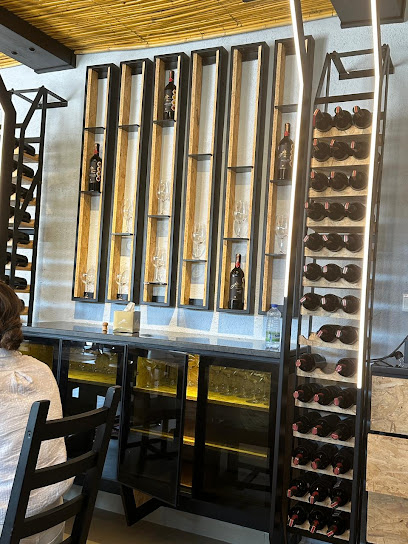
The Monastery: A Timeless Journey Through History
Discover the awe-inspiring Monastery in Petra, a historical marvel showcasing Nabatean architecture and rich cultural heritage in Jordan.
The Monastery, a stunning archaeological site in Uum Sayhoun, is a must-visit historical landmark for tourists. Its breathtaking architecture and rich history make it a captivating destination for travelers seeking to explore the ancient past.
A brief summary to The Monastery
- 8CQJ+79X, Uum Sayhoun, JO
Local tips
- Visit early in the morning to avoid the crowds and enjoy the serene atmosphere.
- Wear comfortable hiking shoes as the climb to The Monastery can be steep and rocky.
- Bring plenty of water and snacks, as the hike can take several hours.
- Consider hiring a local guide to enhance your experience with historical insights.
- Don't forget your camera to capture the stunning views and intricate details of the Monastery.
Getting There
-
Car
Starting from Ras Al Naqb, head southeast on the main road (Route 15). After approximately 15 kilometers, look for signs directing you towards the Petra area. Continue following the signs for Petra, which will lead you onto Route 35. After another 25 kilometers, you will reach the entrance to the Petra Archaeological Park. Park your vehicle at the designated parking area, which may have a fee ranging from 5 to 10 Jordanian Dinars (JOD). Make sure to keep your parking ticket handy.
-
Walking
Once you have parked, head to the entrance of the Petra Archaeological Park. From there, you will need to walk approximately 1.2 kilometers (about 20-30 minutes) along the main path through the park to reach The Monastery (Ad Deir). The path is well-marked, but be prepared for some inclines. Bring water and wear comfortable shoes, as the terrain can be uneven.
-
Public Transportation
If you prefer not to drive, you can take a bus from Ras Al Naqb to Wadi Musa (the town near Petra). Buses typically leave from the central bus station and the fare is around 3-5 JOD. Upon arrival in Wadi Musa, you can take a taxi to the entrance of the Petra Archaeological Park. Taxis are available and should cost approximately 5 JOD for the short ride.
-
Entrance Fee
Please note that there is an entrance fee to the Petra Archaeological Park, which is approximately 50 JOD for a day pass. This fee allows you access to all the major sites within the park, including The Monastery.
Discover more about The Monastery
Iconic landmarks you can’t miss
Colonnaded St
1.5 km
Explore the grandeur of ancient architecture at Colonnaded Street, a breathtaking testament to Roman influence in Jordan's rich historical landscape.
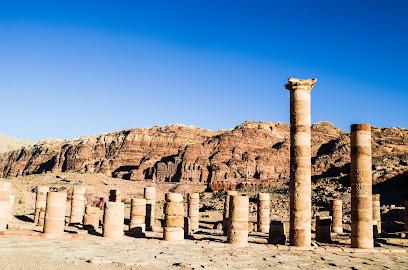
Turkemanian Tomb
1.5 km
Explore the Turkemanian Tomb in Uum Sayhoun, a historical landmark showcasing exquisite architecture and rich cultural heritage of ancient civilizations.
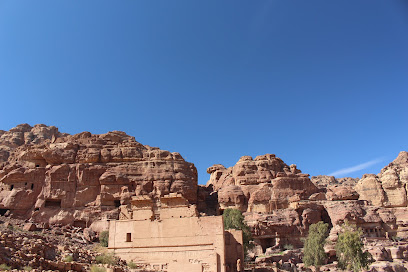
Unmissable attractions to see
Ad-Dayr
0.0 km
Explore Ad-Dayr, the breathtaking Monastery of Petra, and immerse yourself in the rich history and stunning landscapes of this UNESCO World Heritage Site.
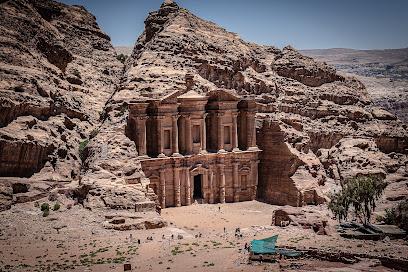
Ad-Deir Trail
0.6 km
Explore the breathtaking Ad-Deir Trail in Petra, Jordan, where stunning landscapes and ancient history converge in an unforgettable hiking experience.
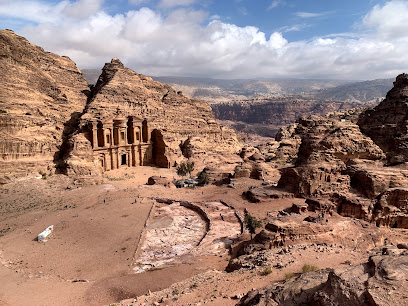
Lion Triclinium
0.8 km
Discover the Lion Triclinium, an exquisite historical landmark in Petra, Jordan, showcasing the artistry of the Nabateans amidst stunning desert landscapes.
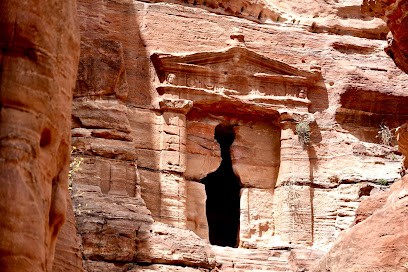
Back Door hiking route to the Monastery
0.9 km
Discover the breathtaking Back Door hiking route to the Monastery in Uum Sayhoun, where adventure meets history and stunning vistas await.
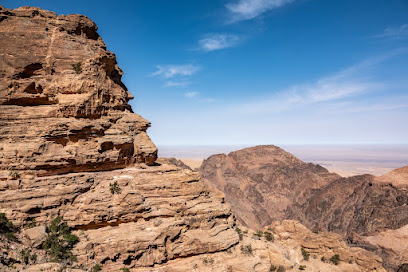
Al-Habis
1.3 km
Uncover the rich history of Al-Habis, a Crusader fortress in Wadi Musa, showcasing stunning architecture and breathtaking views.
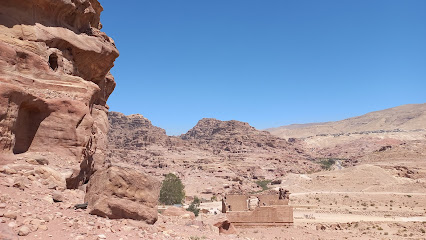
Qasr al-Bint
1.3 km
Explore Qasr al-Bint, an archaeological wonder in Jordan, showcasing the grandeur of ancient Nabataean civilization amidst breathtaking landscapes.
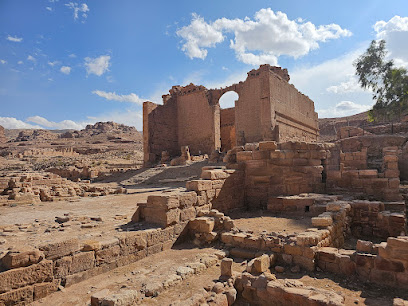
Winged Lion Temple
1.4 km
Discover the Winged Lion Temple in Jordan, an archaeological marvel showcasing ancient architecture and rich history amidst stunning landscapes.
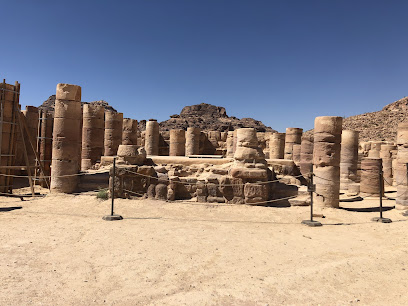
Blue Church
1.5 km
Experience the architectural splendor and rich history of the Blue Church, a must-see landmark in Uum Sayhoun, Jordan.
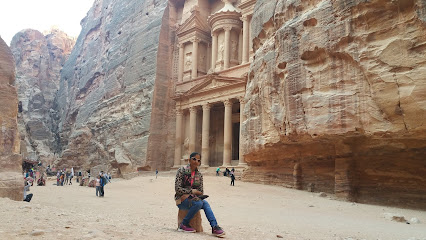
Great Temple
1.5 km
Discover the Great Temple in Petra, an archaeological marvel showcasing the artistry and engineering of the ancient Nabatean civilization.
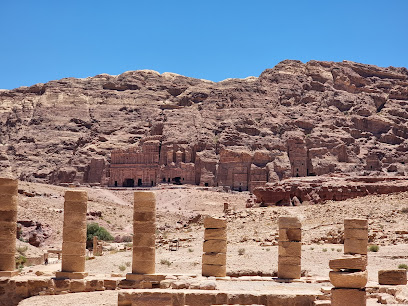
Byzantine Church - Petra
1.5 km
Discover the Byzantine Church in Petra, a stunning archaeological site that showcases rich history and breathtaking mosaics in the heart of Jordan.
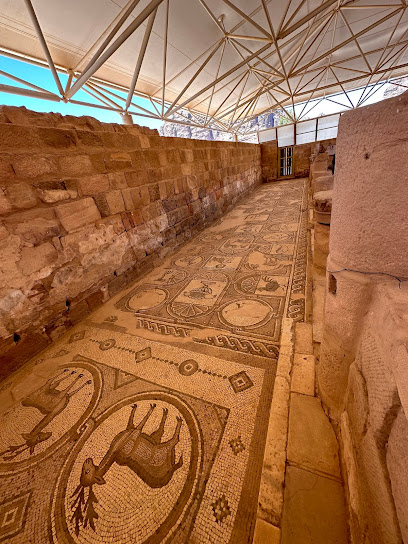
Petra
1.7 km
Discover Petra, the ancient Rose City of Jordan, where breathtaking rock-cut architecture meets rich history in a UNESCO World Heritage Site.
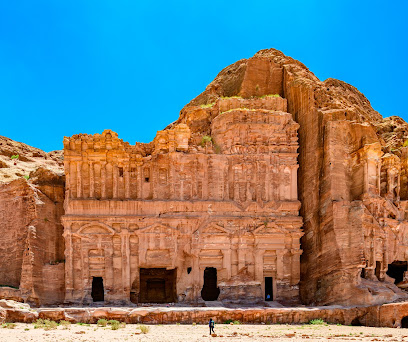
Nymphaeum
1.7 km
Discover the enchanting Nymphaeum, a historical gem in Petra, Jordan, where ancient architecture meets the beauty of nature.
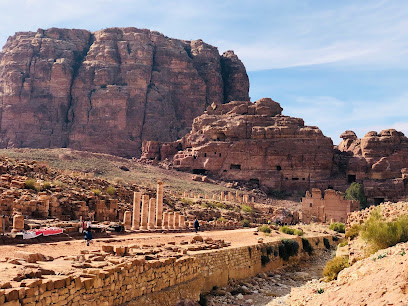
Palace Tomb
2.1 km
Explore the Palace Tomb in Petra, a stunning historical landmark showcasing Nabatean artistry and rich cultural heritage in the heart of Jordan.
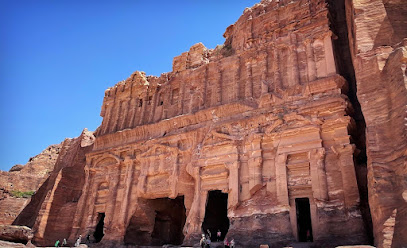
Royal Tombs
2.1 km
Discover the stunning Royal Tombs of Wadi Musa, where ancient Nabataean architecture meets breathtaking natural beauty in Jordan.
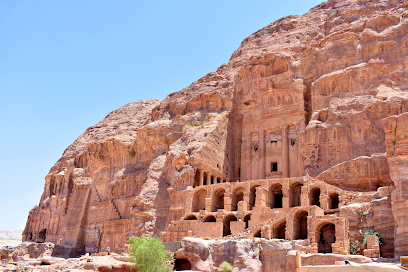
Tomba di Sestio Fiorentino
2.1 km
Explore the Tomba di Sestio Fiorentino, a stunning archaeological gem in Jordan, showcasing ancient artistry and rich historical significance.
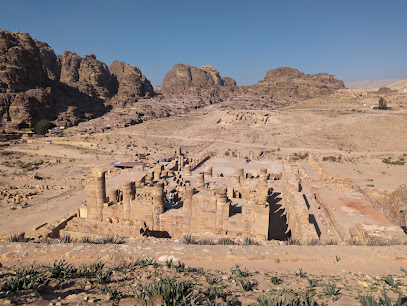
Essential places to dine
The Basin Restaurant
1.2 km
Experience authentic Jordanian cuisine at The Basin Restaurant in Petra, where stunning views meet delicious flavors.

Nabatean Restaurant
1.2 km
Experience authentic Jordanian cuisine at Nabatean Restaurant in Wadi Musa, your gateway to exploring Petra's ancient wonders.
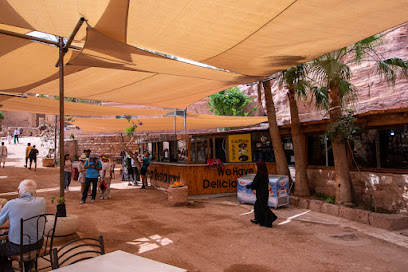
La plazza pizza
3.8 km
Discover the flavors of Wadi Musa at La Plazza Pizza - where every slice tells a story amidst stunning landscapes.
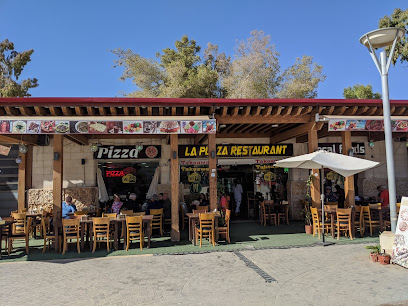
The Aloe Vera Restaurant
3.8 km
Experience authentic Jordanian cuisine at The Aloe Vera Restaurant in Wadi Musa – where every dish tells a story.
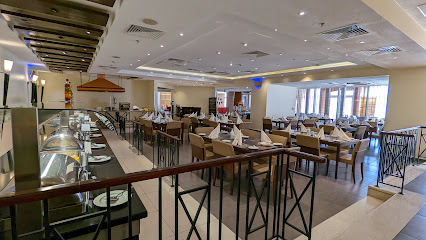
Al Ghadeer Roof Garden
3.9 km
Experience exquisite Middle Eastern cuisine at Al Ghadeer Roof Garden while enjoying breathtaking views of Petra's ancient landscape.
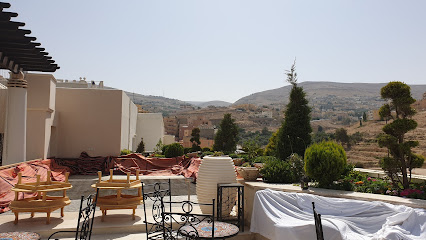
Al Saraya Restaurant
3.9 km
Experience exquisite Jordanian flavors at Al Saraya Restaurant, your ultimate buffet destination in Wadi Musa near Petra.
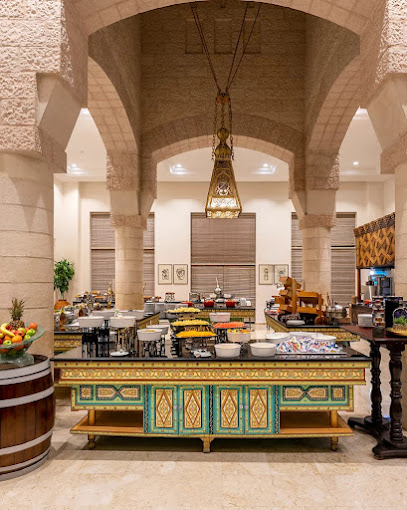
Al Iwan Restaurant
4.0 km
Savor authentic Middle Eastern flavors in Wadi Musa at Al Iwan Restaurant - where tradition meets taste in every dish.
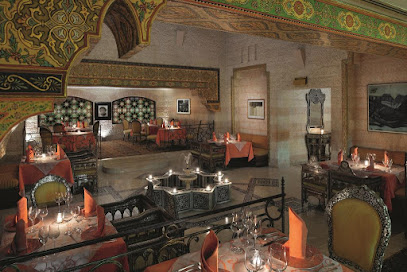
Al Maqa'ad Bar
4.0 km
Experience relaxation at Al Maqa'ad Bar in Petra with delicious food and refreshing drinks amidst stunning views.
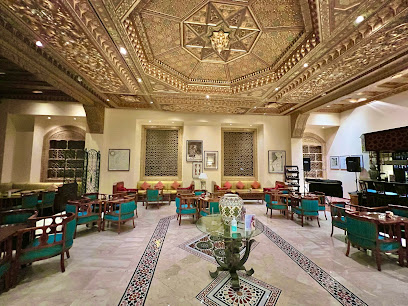
Alqantarah Restaurant
4.0 km
Discover the rich flavors of authentic Middle Eastern cuisine at Alqantarah Restaurant in Wadi Musa near Petra.
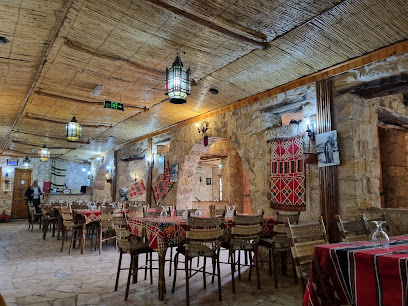
rendezvous restaurant petra
4.0 km
Discover authentic Asian flavors at Rendezvous Restaurant Petra, where every dish tells a story amidst the stunning backdrop of Wadi Musa.

PETRA CABIN RESTAURANT
4.0 km
Discover family-friendly dining at Petra Cabin Restaurant, offering delicious local and international cuisine near the wonders of ancient Petra.
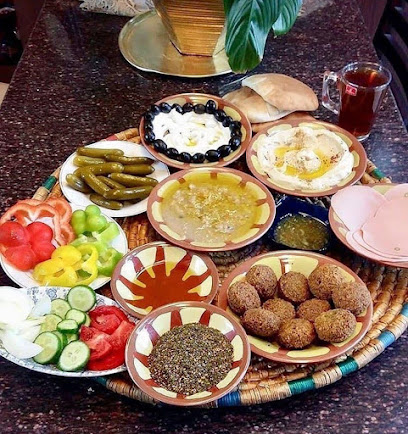
Old Street Cafe & Restaurant
4.0 km
Experience delightful flavors and warm hospitality at Old Street Cafe & Restaurant in Wadi Musa—where every meal tells a story.
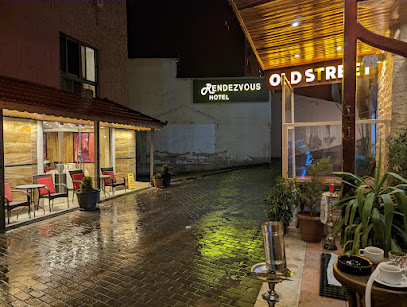
Red Cave Restaurant
4.0 km
Experience authentic Jordanian flavors at Red Cave Restaurant in Wadi Musa - a culinary treasure near Petra.

Pizza House
4.0 km
Savor delicious pizzas at Pizza House in Wadi Musa – where flavor meets tradition in a cozy setting.
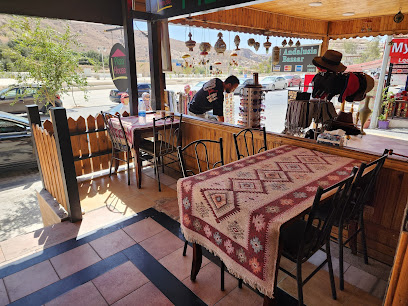
Petra oriental restaurant
4.0 km
Experience the authentic taste of Jordanian cuisine at Petra Oriental Restaurant in Wadi Musa—where tradition meets flavor.
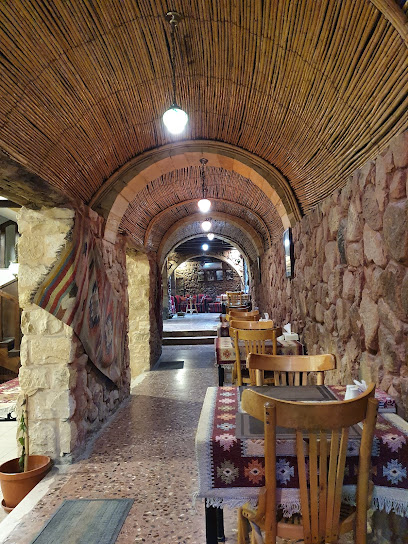
Markets, malls and hidden boutiques
Married to a Bedouin Umm Raami's shop
2.1 km
Explore the heart of Wadi Musa with Umm Raami's handcrafted jewelry, where tradition meets artistry in every exquisite piece.
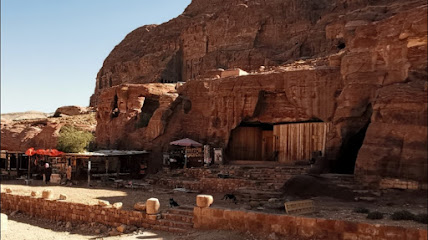
The cave
2.1 km
Explore the charm of Petra through its souvenir store, offering unique handcrafted treasures that celebrate the local culture and history.
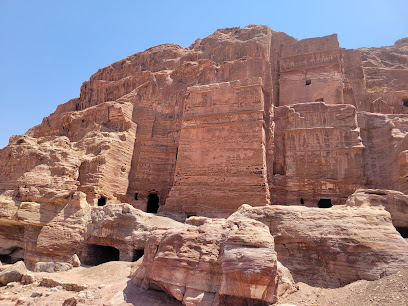
Ramez Supermarket
2.6 km
Discover local flavors and essentials at Ramez Supermarket, your go-to grocery stop in Uum Sayhoun, Jordan.
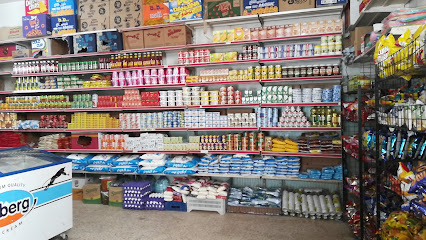
The Cave Bar
3.8 km
Discover the enchanting Cave Bar in Wadi Musa, a unique nightlife destination set within a natural cave, perfect for drinks and relaxation after exploring Petra.

Petra Museum
3.8 km
Discover the rich history of the Nabataean civilization at the Petra Museum, a must-visit destination for all culture enthusiasts exploring Petra.
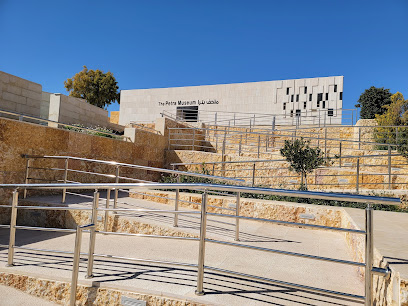
Jeff's Book Shop
3.8 km
Explore the charm of Jeff's Book Shop in Wadi Musa, where local literature and unique finds await every traveler.
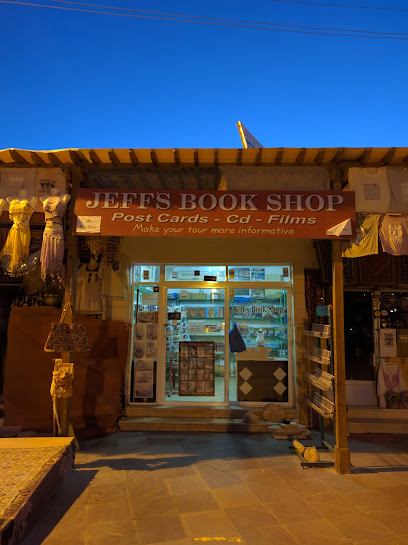
Petra Visitor Center
3.9 km
Explore the wonders of Petra at the Visitor Center, your essential guide to the ancient city’s rich history and breathtaking landscapes.
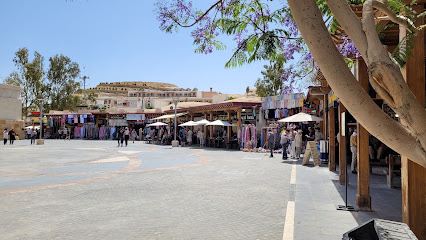
Petra Rosemary Shop & Frankincense
3.9 km
Explore the charming Petra Rosemary Shop & Frankincense for unique Jordanian gifts and aromatic treasures near the ancient city of Petra.
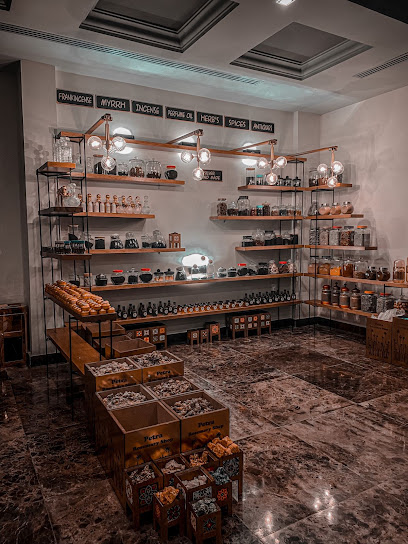
Mövenpick Petra
4.0 km
Discover unparalleled luxury and comfort at Mövenpick Petra, your gateway to the ancient wonders of Petra, Jordan.

Murad Mini Market
4.0 km
Explore Murad Mini Market in Wadi Musa for an authentic shopping experience filled with unique Jordanian gifts and local treasures.
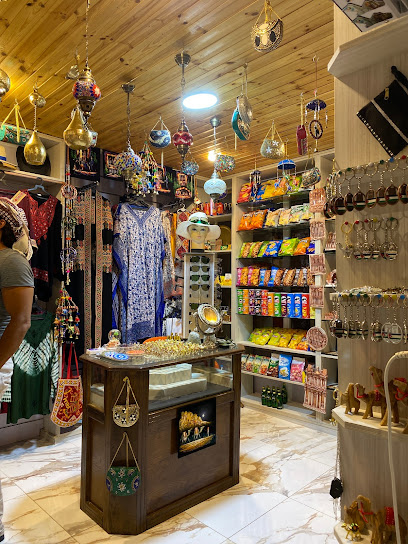
4²8
4.0 km
Discover 4²8 in Ma'an, a premier grocery store offering a diverse selection of local and international foods, perfect for all your culinary adventures.
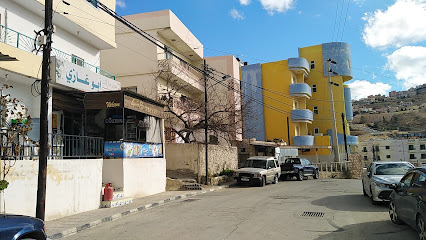
Lawrence of Arabia Souvenir
4.1 km
Explore the Lawrence of Arabia Souvenir shop in Wadi Musa for unique local crafts and memorable keepsakes from your Jordanian adventure.
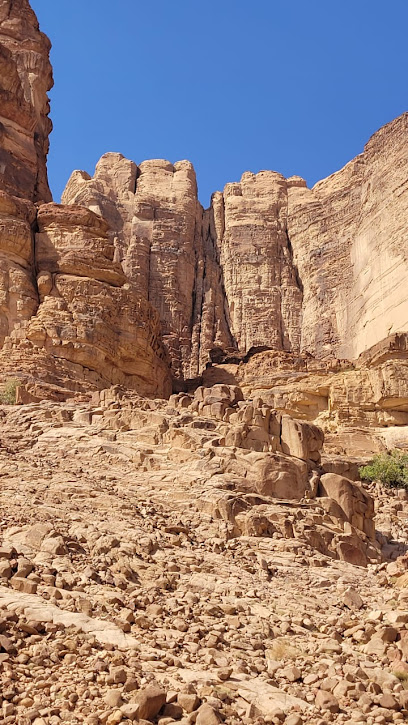
Petra Night Restaurant
4.1 km
Experience authentic Jordanian cuisine at Petra Night Restaurant, a must-visit dining spot in Wadi Musa with stunning views of Petra.
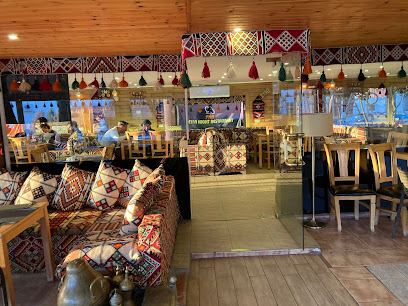
Petra Kitchen
4.1 km
Experience the rich culinary heritage of Jordan at Petra Kitchen with immersive cooking classes that bring local flavors to life.
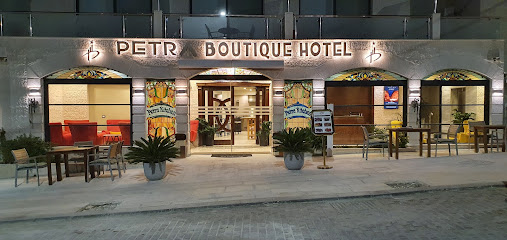
The Sand Castle Souvenir&Bazaar
4.1 km
Discover the essence of Jordan at The Sand Castle Souvenir & Bazaar, where unique local crafts meet a welcoming shopping experience.
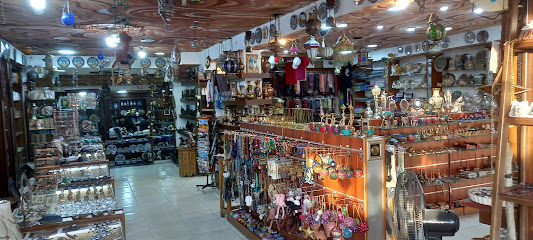
Essential bars & hidden hideouts
Al Baraka Tea Room
3.9 km
Experience authentic Jordanian hospitality at Al Baraka Tea Room in Wadi Musa, offering a rich selection of teas and flavors near Petra's wonders.
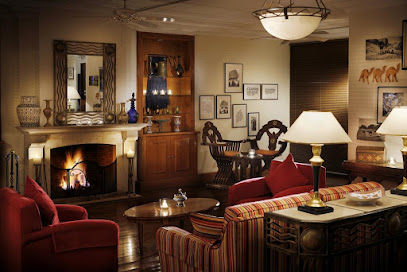
Al Multaqa Lobby Lounge
4.0 km
Discover Al Multaqa Lobby Lounge, a serene escape in Wadi Musa offering exquisite local and international cuisine amidst the beauty of Petra.
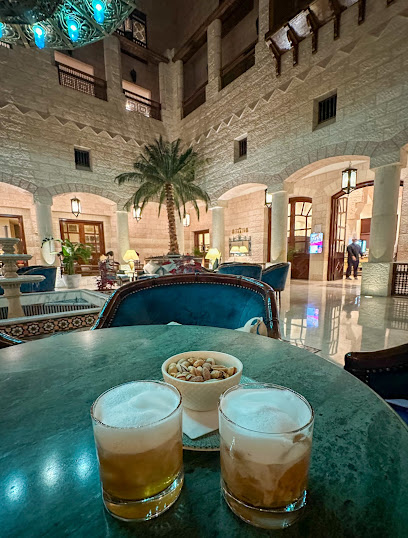
صالة مسايا
4.1 km
Discover tranquility and comfort at صالة مسايا, the perfect lounge to unwind after exploring the wonders of Petra.

Kilkenny Bar
4.2 km
Kilkenny Bar in Wadi Musa - A perfect retreat for travelers seeking relaxation, great drinks, and a vibrant atmosphere.
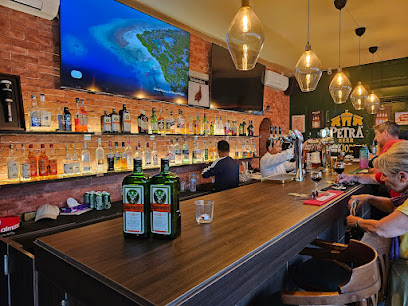
The Experience - Petra
4.3 km
Discover the flavors of Jordan at The Experience - Petra, where craft beer and wine meet stunning views in Little Petra.
